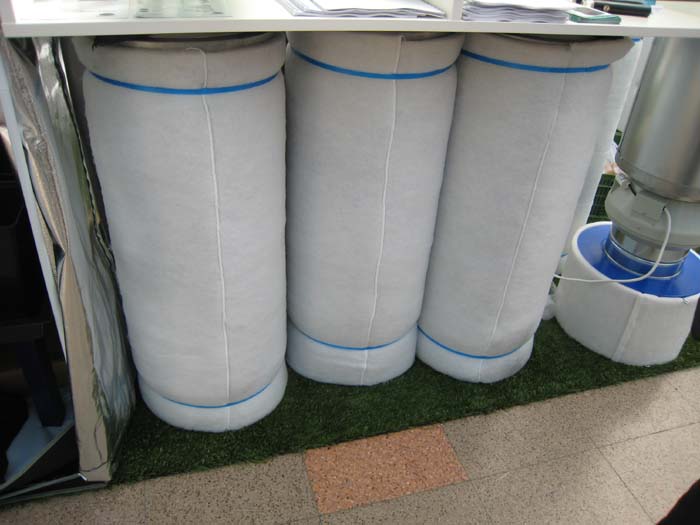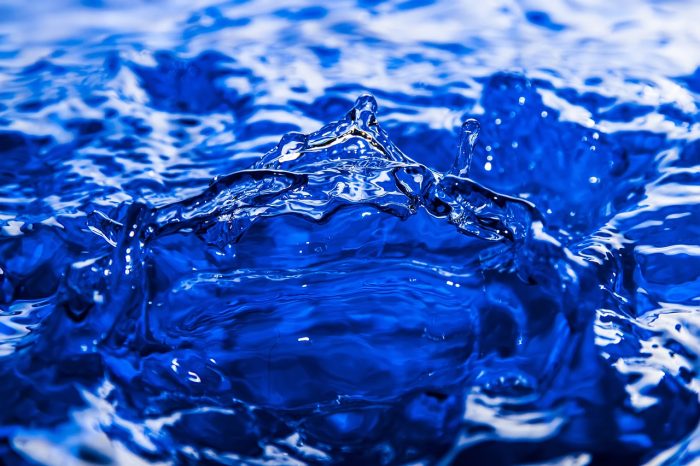
Water, soil, and rocks all contain fluoride, which occurs naturally. Mouthwash and toothpaste are included because they significantly benefit oral health. When choosing a fluoride water purifier, consider the water’s fluoride content, the purifier’s capacity and efficiency, the cost, and the amount of maintenance required. To keep fluoride levels within safe limits after purification, it is critical to evaluate the water quality on a regular basis. You can remove fluoride successfully from water using a number of water-purifying processes.
These are some popular ways to remove fluoride:
Activated carbon filtration
Although activated carbon alone isn’t great at eliminating fluoride, you can mix it with other filtration methods, such as reverse osmosis, to make a significant difference.
Activated Alumina Filtration
An excellent material for removing fluoride ions from water, activated alumina has many pores. The fluoride ions cling to the alumina particles’ surfaces as the water moves through the activated alumina bed.
Distillation
In distillation, you heat water to the point where it produces steam. Afterwards, you condense the steam back into liquid form. The boiling chamber leaves the fluoride ions behind, purifying the water because their boiling point is higher than the water’s.
Ion Exchange Resin Filtration
By exchanging them for other ions in the resin, ion exchange resin filters are able to remove fluoride ions. Generally used in water softening systems, this technique can also eliminate fluoride.
Bone Char
Granular bone char is formed from scorching animal bones. It is highly efficient at adsorbing fluoride ions from water. This is because of its strong affinity for these ions.
Reverse Osmosis
One of the best ways to get fluoride out of water is to use RO. It removes impurities from water, such as fluoride ions, by forcing them across a semipermeable membrane.
5 methods of water purification
Each available water purification technique has benefits and is better suited to certain uses. Presenting five widely used approaches:
- Reverse Osmosis
One method for purifying water is RO, which uses a semipermeable membrane to filter out bigger particles, molecules, and ions.
- Chlorination
Chlorine is one common method of disinfecting water. You can add chlorine compounds, like chlorine dioxide or chlorine gas, to disinfect water and kill viruses, bacteria, and other harmful organisms. Smaller residential and large-scale municipal water treatment facilities can use this method.
- Filtration
Filtration removes contaminants from water by forcing them through a material like sand, ceramic, or activated charcoal. Various methods can filter out protozoa, bacteria, and particles from water. Some state-of-the-art filters can even remove viruses. In an emergency or outdoors, you can use one of the many portable water filters on the market.
- Ultraviolet Disinfection
UV disinfection is a method that uses ultraviolet light to destroy germs’ DNA. This makes the germs unable to multiply and spread disease. UV light systems are frequently employed with other water treatment techniques to safeguard water from harmful microorganisms.
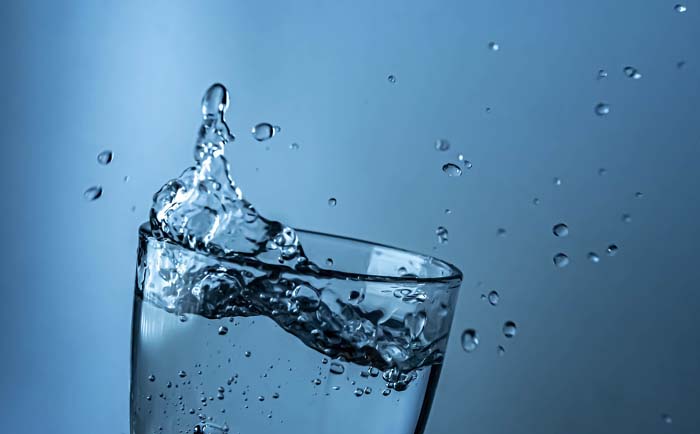 Boiling
Boiling
This is one of the first and most basic ways to purify water. Boiling water ensures its safety for consumption. This is because it has killed off the majority of parasites, viruses, and bacteria. For safety’s sake, boil water for at least one minute (or more at higher elevations).
Water filters that remove bacteria
Filtration systems that remove bacteria usually use a combination of approaches to ensure the water is safe to drink. Here are a few common types:
Ion Exchange Filters
These filters use ion-exchange resins to get rid of bacteria and other pollutants.
UV Filters
UV filters effectively kill germs like viruses and bacteria by damaging their DNA. Although they do not physically eliminate the bacteria, they make them harmless.
Ceramic Filters
These mechanically prevent larger particles, such as protozoa and bacteria, from passing through their microscopic holes.
Activated carbon filters
People commonly use activated carbon filters to eliminate unpleasant smells and enhance taste. However, they also have the potential to trap bacteria and other pollutants, depending on the size of their pores.
Chemical Filters
Some filters use chemicals like silver or iodine to eliminate bacteria and other microbes.
Microfiltration Filters
These physically block protozoa, bacteria, and other microbes from passing through using small pore sizes.
Reverse Osmosis (RO) Filters
In order to eliminate viruses, bacteria, and other pollutants, these water filters use a semipermeable membrane. The barrier pushes the water through, leaving behind bacteria and other unwanted contaminants.
Before you buy a water filter, consider the pollutants in your water supply and how well it removes them. Replacing it often and performing other maintenance tasks is essential to keep the filter efficient in removing bacteria and other contaminants.
Effects of Fluoride
For its beneficial effects on oral health, the mineral fluoride is added to various water supplies and dental products, and it is found naturally in soil and water. Fluoride has several beneficial effects on oral health.
- Environmental Impact:
Because of human activities like farming and using specific pesticides and fertilizers, fluoride can build up in the environment, especially in water sources. In large quantities, fluoride can be toxic to aquatic life and people.
- Prevention of Cavities
Particularly for children whose teeth are still growing, regular fluoride exposure greatly lowers the likelihood of cavities. Many products, including drinking water, mouthwash, and toothpaste, add fluoride as a result.
- Systemic Health Advantages
Beyond its effects on teeth, fluoride may have broader systemic health advantages. More studies are required, although they may aid in bone strength and decrease the incidence of osteoporosis.
- Remineralization
Before a cavity develops, fluoride can help mend the early stages of tooth decay by helping the remineralization process. It strengthens the tooth by replenishing minerals in the enamel, making it more resistant to decay.
- Possible Risks
Too much fluoride can cause dental fluorosis, which is marked by white streaks or spots on the teeth. However, it’s usually safe to use in moderate doses. Abdominal pain, vomiting, and nausea are signs of fluoride toxicity. These can happen at extremely high dosages.
- Dental Health
Fluoride strengthens tooth enamel to prevent tooth cavities and decay. When consumed in a diet, fluoride strengthens tooth enamel and makes teeth less vulnerable to acid attacks caused by sugars and bacteria.
When used correctly, fluoride is a powerful weapon in the fight against tooth decay and other oral health issues. However, it is crucial to adhere to the product instructions when using fluoride-containing items and to monitor the fluoride levels in water to prevent overexposure.
Conclusion
Think about how much money you have and how much maintenance is involved. Also, consider what kinds of pollutants are in your water supply before deciding on a water filtration technique you can use to remove fluoride. Furthermore, it is critical to verify that the selected approach meets all applicable local standards for water purification.

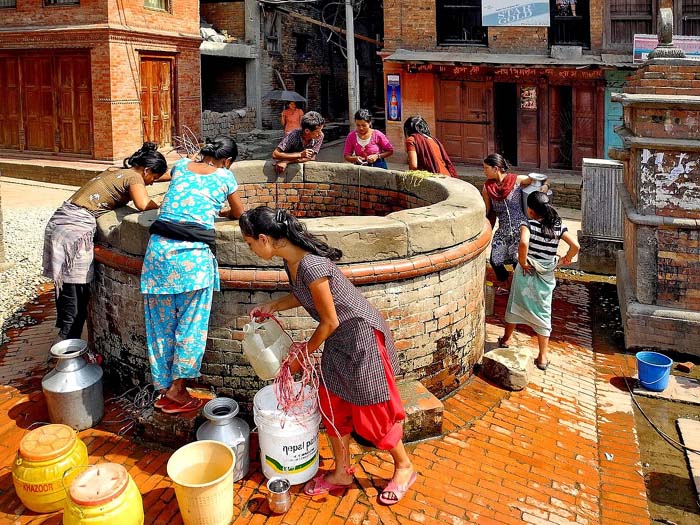
 How do you purify dirty water?
How do you purify dirty water?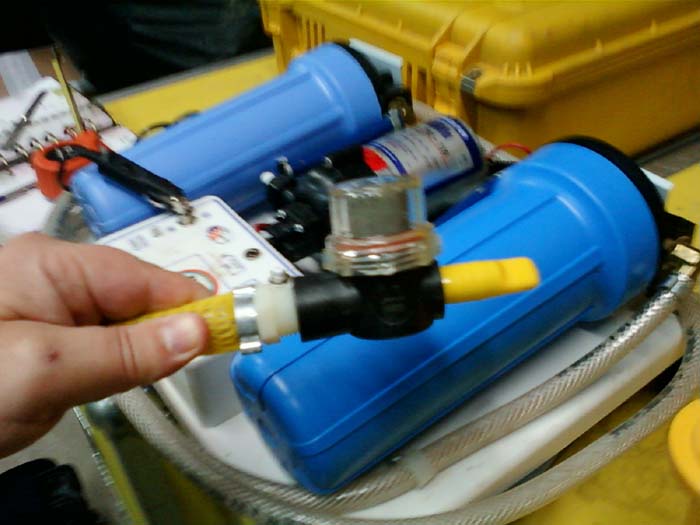
 How do I know if my filter is bad?
How do I know if my filter is bad?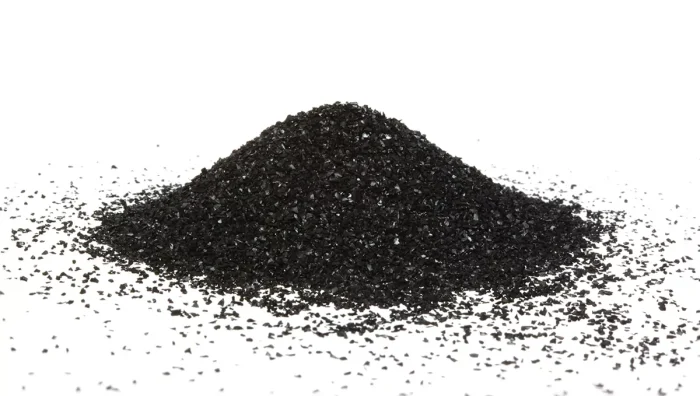
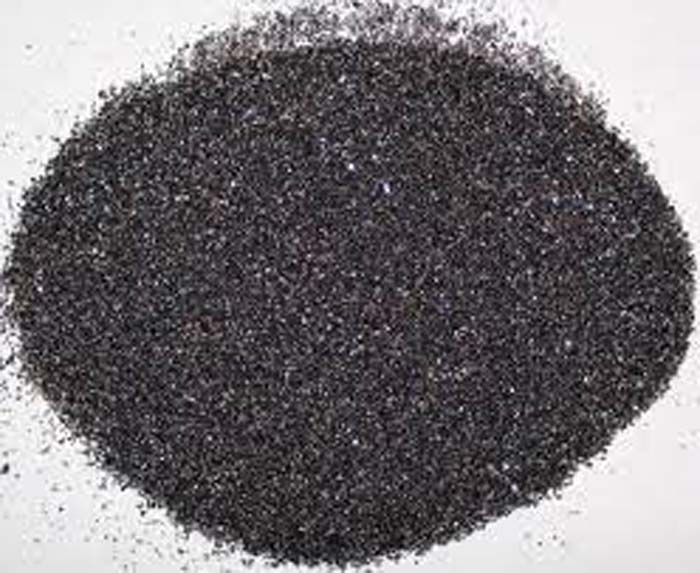 Zeolite
Zeolite
 Particle shape and size:
Particle shape and size:
 Choose a clean point of collection
Choose a clean point of collection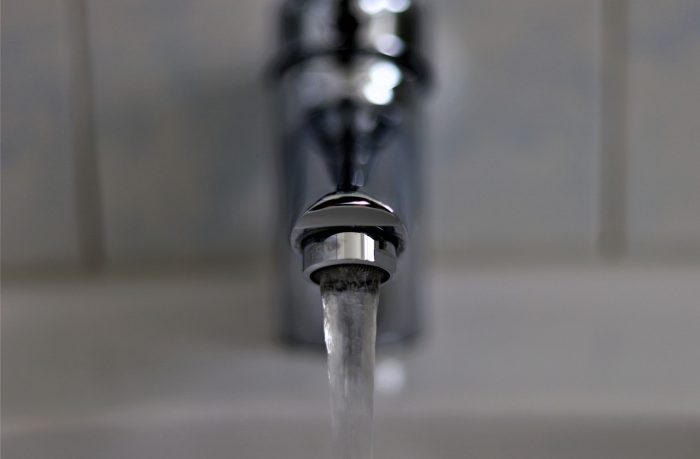
 When to replace carbon filters
When to replace carbon filters